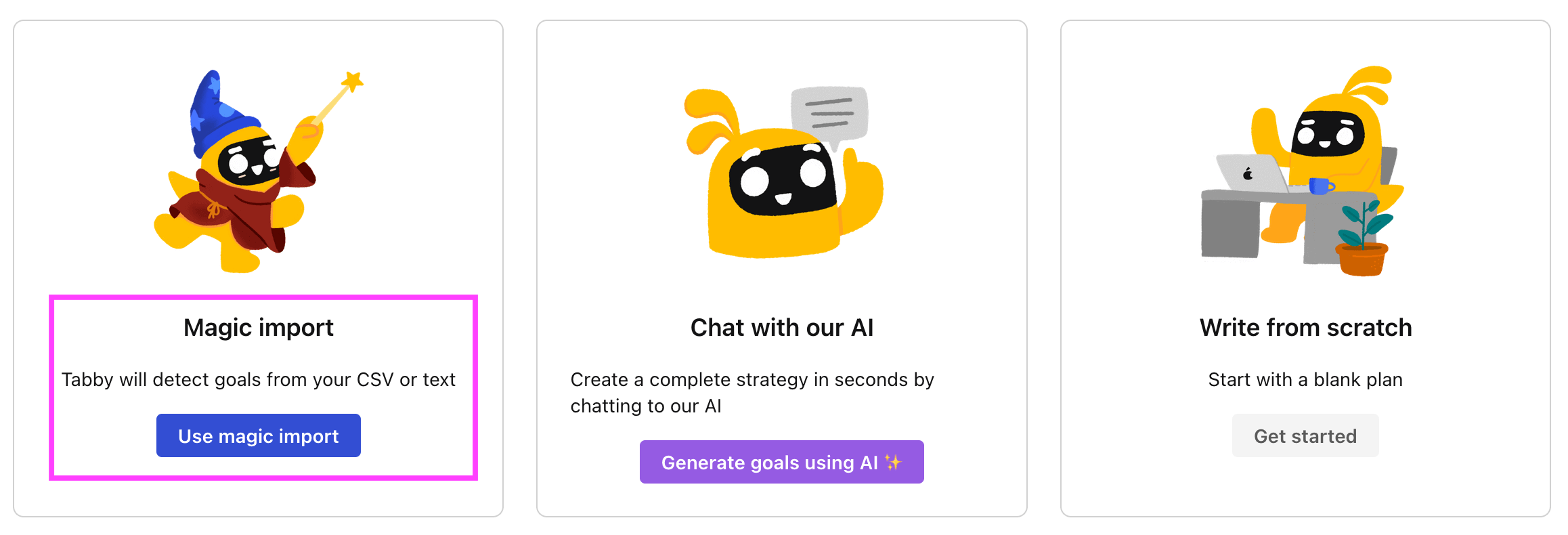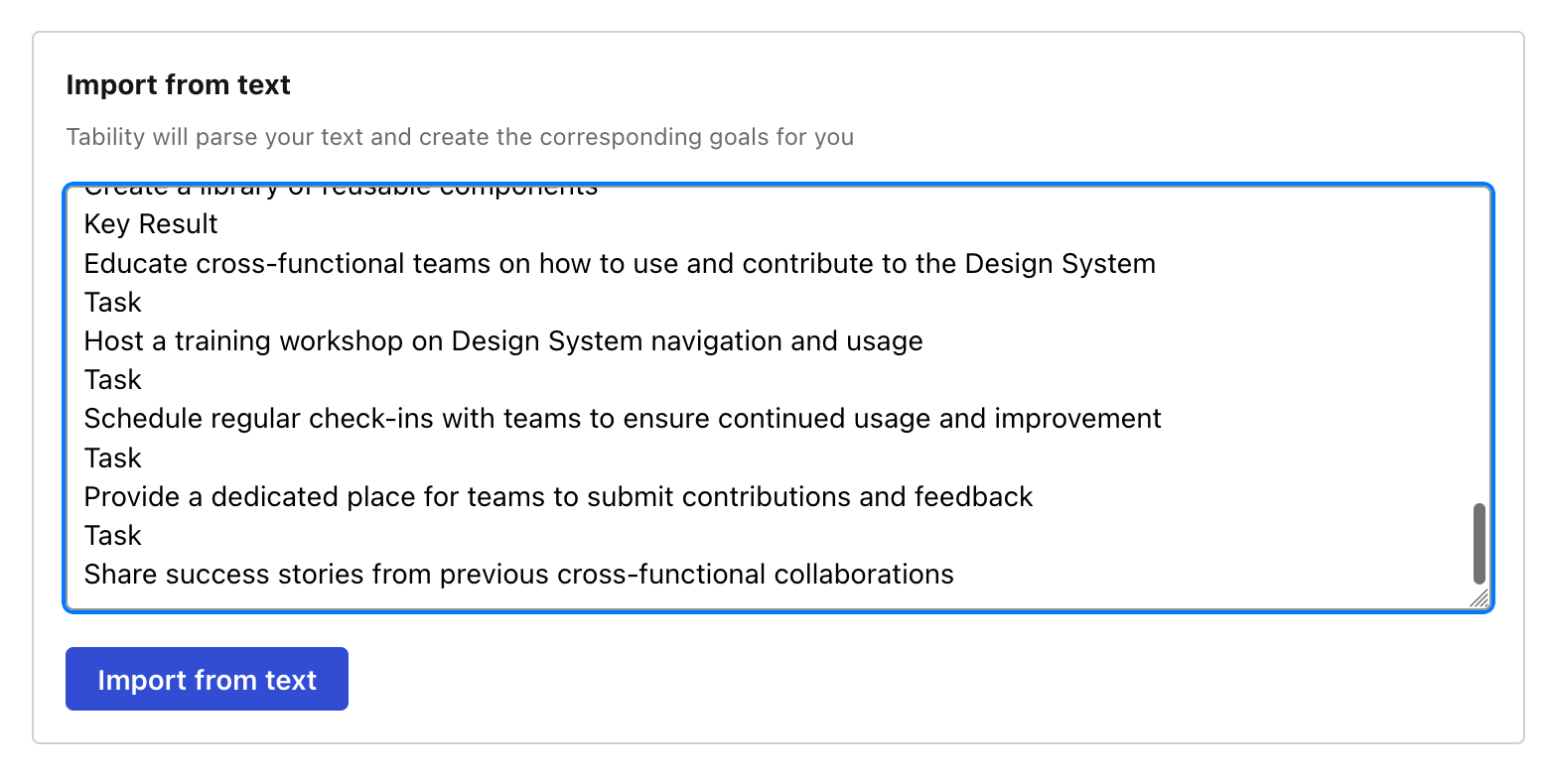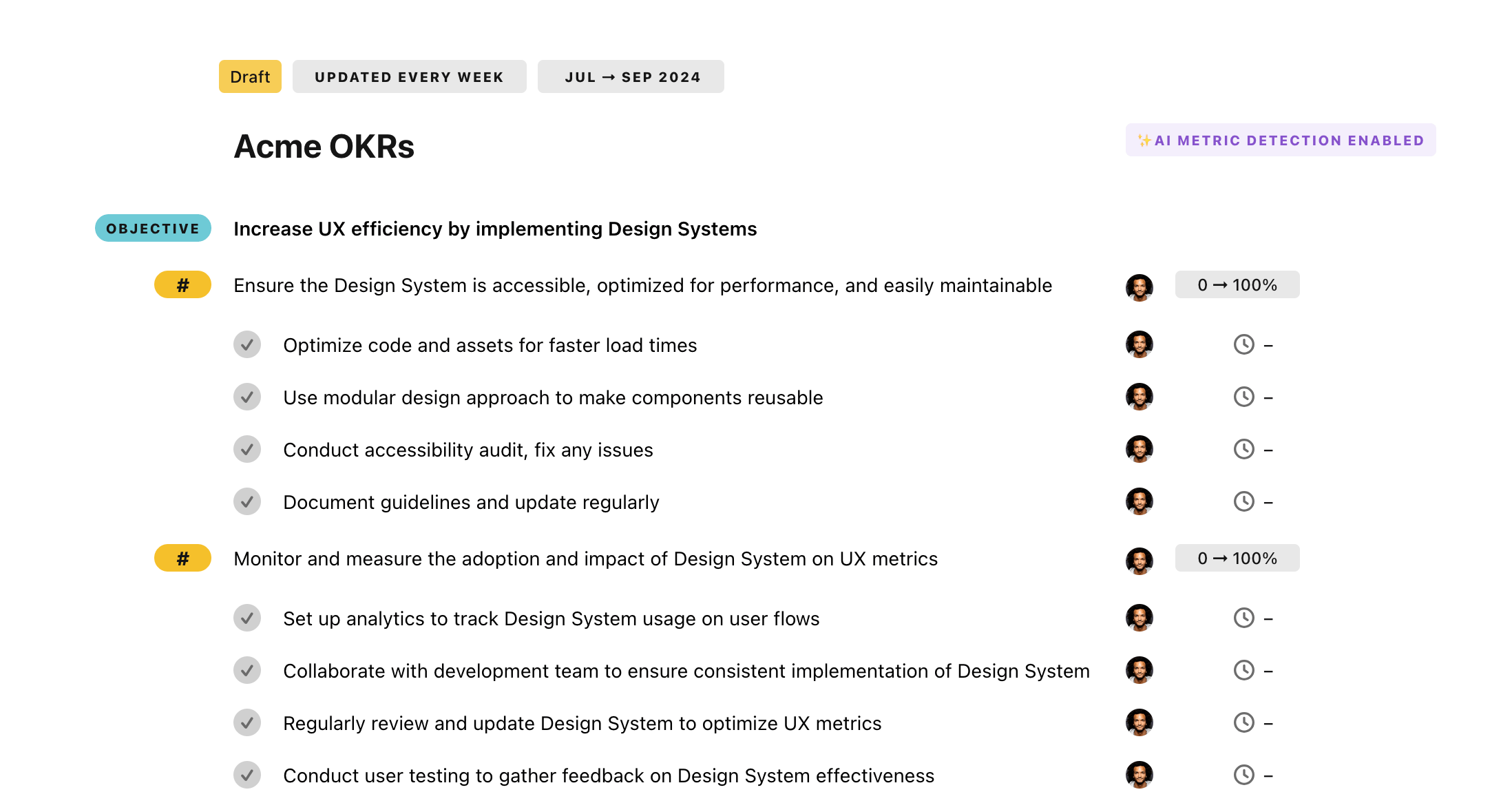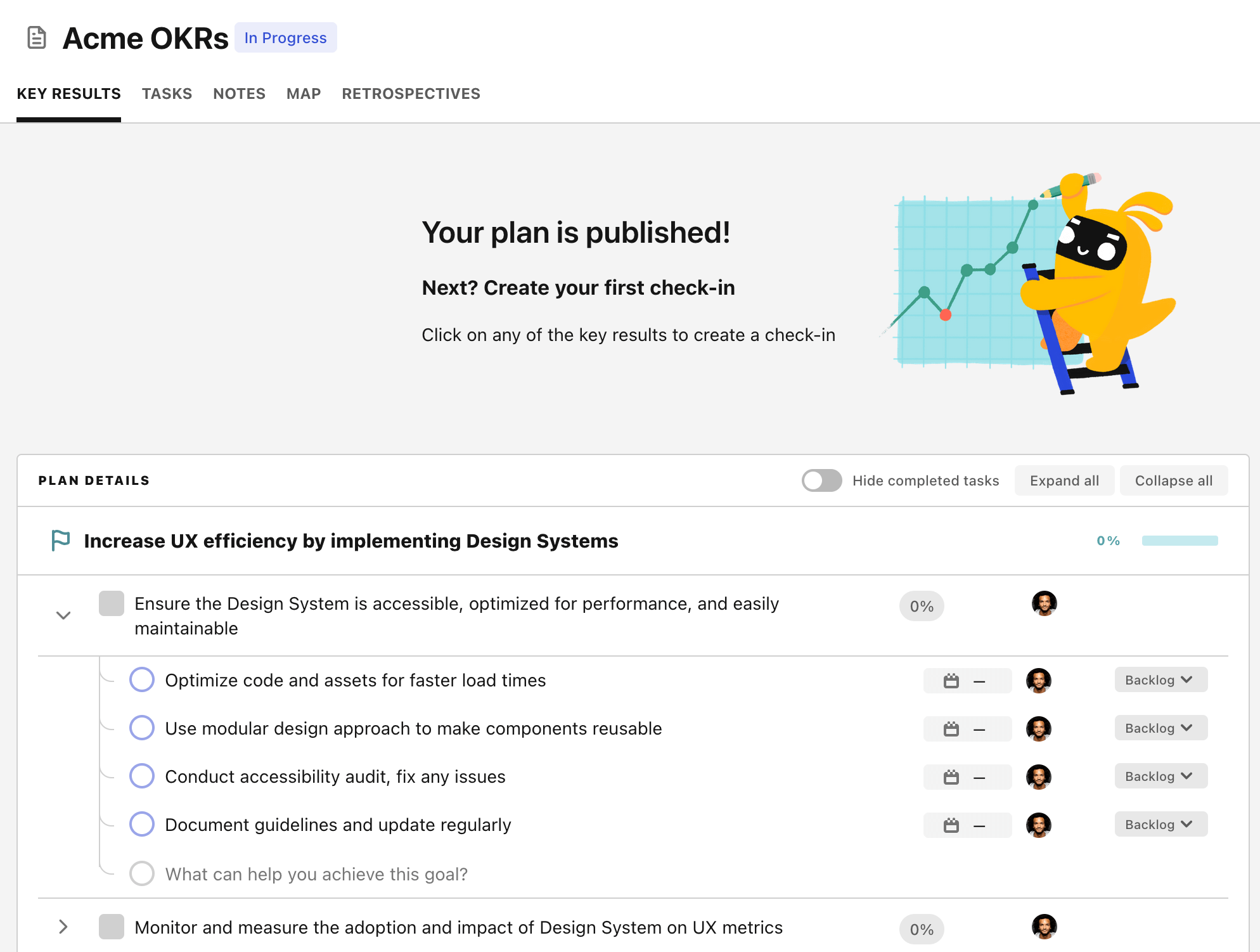OKR template to optimize AWS Costs
Your OKR template
Implementation of automatic scaling, resource utilization monitoring, EC2 optimization, and AWS Cost Explorer are initiatives aimed at proactive cost-effectiveness and optimization. Identifying redundancy and carrying out regular monitoring of AWS resources ensures continued efficacy and eliminates wastage.
Utilizing Reserved instances and Savings Plans are targeted to save on compute and database service costs. Regular cost analysis and reports detailing achieved savings and potential areas of opportunity are planned to track and evaluate optimization effectiveness.
Unused or redundant AWS resources will be removed or terminated immediately, and regular audits involving the review of all AWS resources will be conducted. This will ensure cost savings and provide a clear insight into usage patterns aiding future cost optimization efforts.
ObjectiveOptimize AWS Costs
KRDecrease monthly AWS spend by 15% compared to the previous quarter
Implement automatic scaling and resource utilization monitoring for cost-effective resource provisioning
Implement AWS Cost Explorer to analyze spending patterns and identify optimization opportunities
Optimize EC2 instances and remove unused resources to reduce AWS usage costs
Utilize Reserved Instances and Savings Plans to save on compute and database service costs
KRIdentify and eliminate any unnecessary or unused AWS resources
Remove or terminate any unnecessary or redundant AWS resources immediately
Evaluate the purpose and necessity of each identified unused resource
Regularly monitor and audit AWS resources to ensure ongoing resource optimization
Review all AWS resources to identify any that are not actively being used
KRImplement cost-saving measures, such as Reserved Instances and Spot Instances utilization
KRConduct regular cost analysis to track and report savings achieved from optimization efforts
Compile a comprehensive report showcasing the achieved savings and present it to stakeholders
Review cost data and compare it to previous periods to identify potential savings
Analyze cost drivers and evaluate opportunities for optimization in different areas
Implement a system to regularly track and monitor ongoing optimization efforts and cost savings
How to edit and track OKRs with Tability
You'll probably want to edit the examples in this post, and Tability is the perfect tool for it.
Tability is an AI-powered platform that helps teams set better goals, monitor execution, and get help to achieve their objectives faster.
With Tability you can:
- Use AI to draft a complete set of OKRs in seconds
- Connect your OKRs and team goals to your project
- Automate reporting with integrations and built-in dashboard
Instead of having to copy the content of the OKR examples in a doc or spreadsheet, you can use Tability’s magic importer to start using any of the examples in this page.
The import process can be done in seconds, allowing you to edit OKRs directly in a platform that knows how to manage and track goals.
Step 1. Sign up for a free Tability account
Go tohttps://tability.app/signup and create your account (it's free!)
Step 2. Create a plan
Follow the steps after your onboarding to create your first plan, you should get to a page that looks like the picture below.

Step 3. Use the magic importer
Click on Use magic import to open up the Magic Import modal.
Now, go back to the OKR examples, and click on Copy on the example that you’d like to use.

Paste the content in the text import section. Don’t worry about the formatting, Tability’s AI will be able to parse it!

Now, just click on Import from text and let the magic happen.

Once your example is in the plan editor, you will be able to:
- Edit the objectives, key results, and tasks
- Click on the target 0 → 100% to set better target
- Use the tips and the AI to refine your goals
Step 4. Publish your plan
Once you’re done editing, you can publish your plan to switch to the goal-tracking mode.

From there you will have access to all the features that will help you and your team save hours with OKR reporting.
- 10+ built-in dashboards to visualise progress on your goals
- Weekly reminders, data connectors, and smart notifications
- 9 views to map OKRs to strategic projects
- Strategy map to align teams at scale